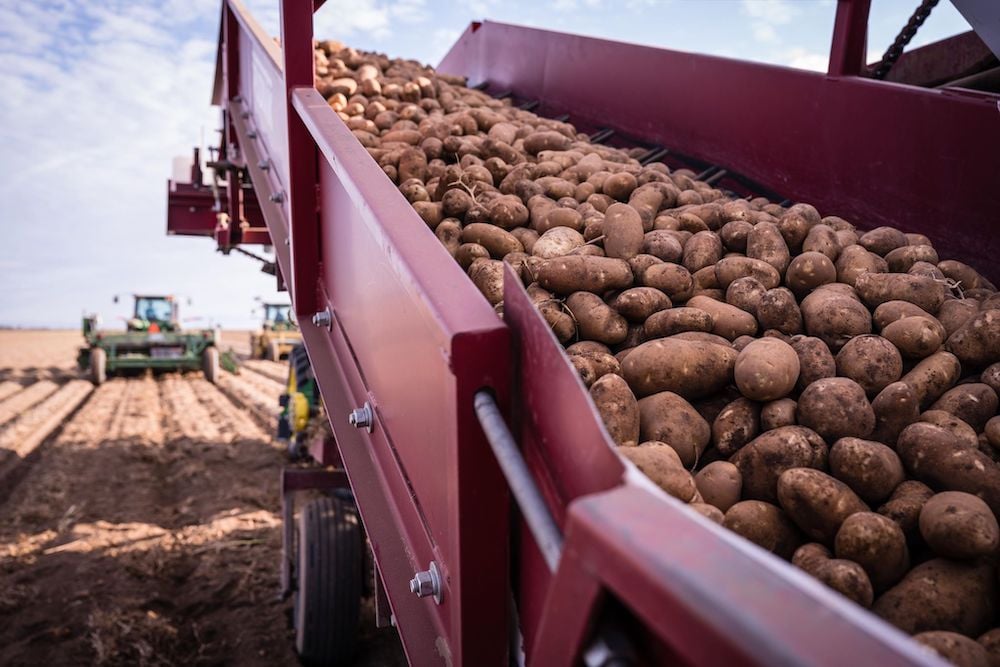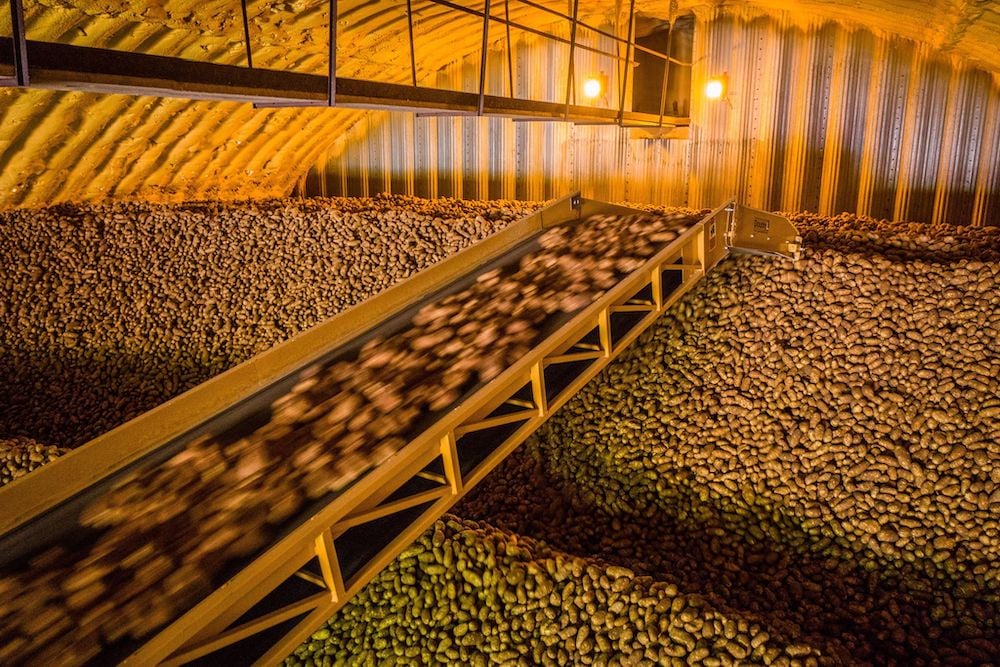Back in April, consumers and growers alike began to feel the effects of COVID-19 on potato markets. We asked industry leaders for their perspectives on the wave of lost and uncertain fry-frozen market contracts.
Frank Muir, president of the Idaho Potato Commission, said at the time that consumers didn’t fully realize that the impacts of the pandemic had traveled all the way down the value chain to the farmer. "Our growers have tough choices to make right now," he said. "They have already prepped fields for potatoes, but because of the reduction in food service, many of those markets are no longer there."
Fast-forward four months, and a more complete and complex picture of regional variations and the contrast between fresh and frozen markets has emerged. In his state, the executive director of the Colorado Potato Administrative Committee (CPAC), Jim Ehrlich, is seeing bolstered fresh market and retail sales.

Photo courtesy CPAC
“We [Colorado potato growers] have managed to get through the first wave of the pandemic unscathed,” he says, “Our market is 97% fresh market. We don’t have much of a processed market at all—in fact, we don’t even have many processors in the state.”
If anything, Ehrlich says, the initial challenge of the pandemic was the spike in consumer demand. Shipments were large and hard to keep up with, and, much like the Idaho Potato Commission, CPAC fielded more questions than ever before on how to cook and store the kitchen staple.
“I believe that people will continue to eat from home for some time, and I expect that we will see the demand for fresh potatoes hold. Right now, the demand for fresh potatoes is still up about 15%,” Jim notes, “and our supply wasn’t as strong since we had an average 2019 [growing season]. This year we will ship about 13.5 million cwt of potatoes through the marketplace, and our biggest struggle has been trying to keep stock through the summer months to make it to harvest."
Amber Strohauer of Strohauer Farms agrees. For the fourth-generation family farm, the additional consumer demand has been a struggle—but a welcome one.
“We have never had as many walk-ins [to purchase potatoes] as we did in March and April during the shutdown orders,” Strohauer says. The family's private-label warehouse reached maximum capacity during that peak period. “We aren’t a 24/7 packing warehouse, so it was hard to keep up with demand.”

Photo courtesy CPAC
Strohauer believes lockdown orders and restaurant closures have led some families to reconnect in the kitchen and around the dinner table, and she’s hopeful that those connections won’t be lost as the economy opens back up. Her farm's diverse offerings—they pack some 200 different sizes and varieties of potatoes—have helped put the operation in a position to succeed amidst the turmoil of the pandemic.
“We have always been more retail-fresh-market focused than food service. We have a lot of CSAs and farmer’s markets that get fresh produce from us, too," Strohauer says. "This year we even have people who have started to grow their own fingerlings from us. Denver has a huge community of people who are involved in fresh produce. There is an interest in who is growing the food and what goes into it.”
Jim Ehrlich says potato growers across Colorado—with the advantage of serving the fresh market—share Strohauer’s positive outlook.
“I think for the most part, producers are coming off of a really strong year here in Colorado. We maintained good prices and moved a lot of product,” he says, “So I think while everyone is feeling the fatigue of the pandemic, our growers are optimistic, overall."
